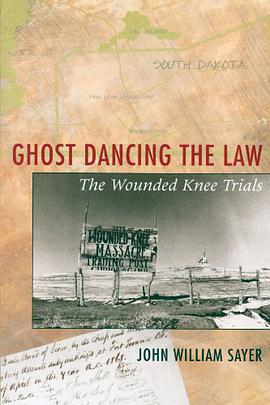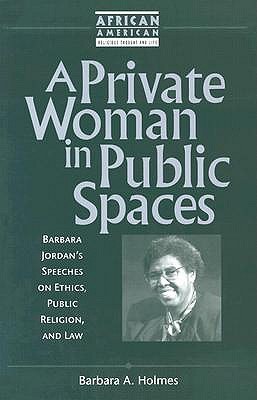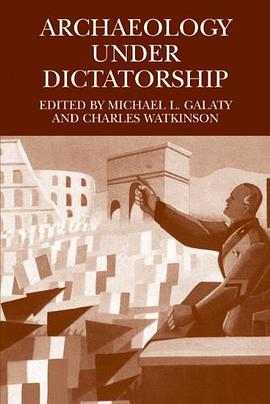

具体描述
After the siege ended at Wounded Knee, the real battle had yet to be fought. The 1973 standoff in South Dakota between Oglala Lakota Indians and federal lawmen led to the criminal prosecution of American Indian Movement leaders Dennis Banks and Russell Means. The ten-month trial had all the earmarks of a political tribunal; with the defence led by William Kunstler and the prosecution backed by the Nixon administration, it became a media battle for public opinion. This study of the Wounded Knee trials demonstrates the impact that legal institutions and the media have on political dissent. It also shows how the dissenters as defendants can influence these institutions and the surrounding political and cultural climate. AIM and its attorneys successfully turned the courtroom into a political forum on the history of US/Indian relations but were often frustrated in telling their story by the need to observe legal procedures and by the media's stereotyping them as Indian warriors or 60s militants. John Sayer draws on court records, news reports, and interviews with participants to show how the defence, and ultimately the prosecution, had to respond continually to legal constraints, media coverage, and political events taking place outside the courtroom. Although Banks and Means and most of the other protesters were acquitted, Sayer notes that the confinement of AIM protests to the courtroom robbed the movement of considerable momentum. The book shows how legal proceedings can effectively quell dissent and represents both a chapter in the struggle of Native Americans and a milestone at the crossroads of law and politics.
作者简介
目录信息
读后感
评分
评分
评分
评分
用户评价
相关图书
本站所有内容均为互联网搜索引擎提供的公开搜索信息,本站不存储任何数据与内容,任何内容与数据均与本站无关,如有需要请联系相关搜索引擎包括但不限于百度,google,bing,sogou 等
© 2025 book.wenda123.org All Rights Reserved. 图书目录大全 版权所有




















